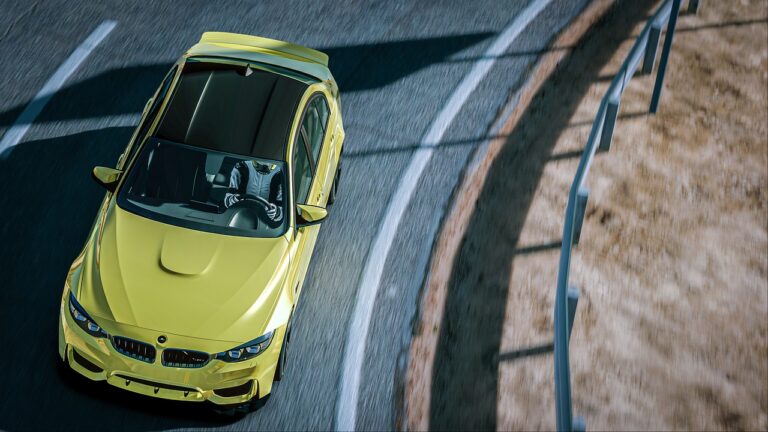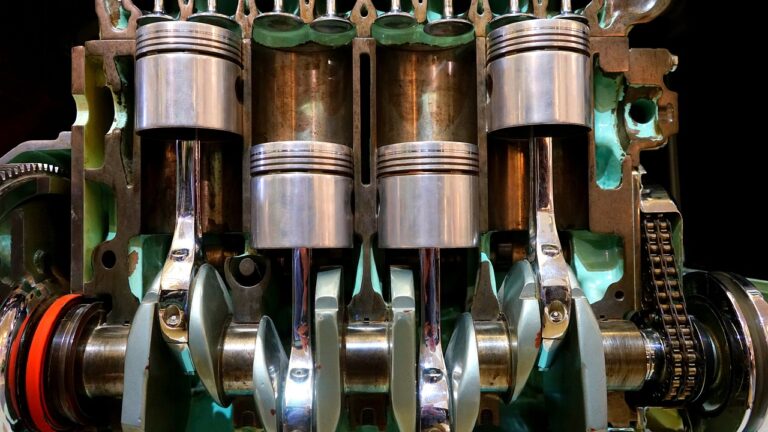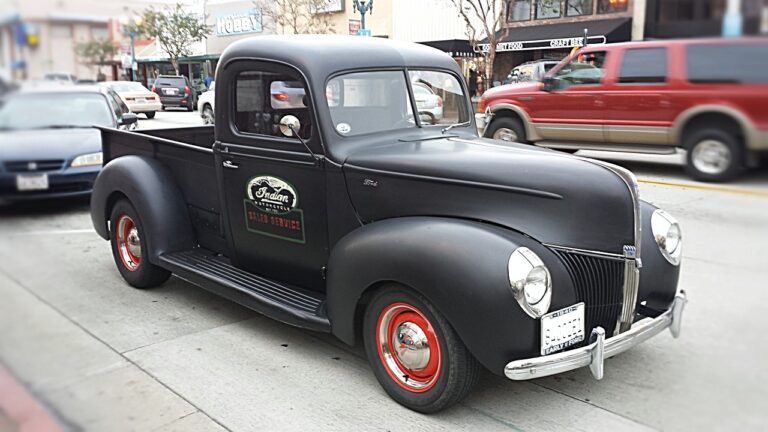The Role of Virtual Reality in Car Design and Customization
Virtual reality technology is rapidly transforming the automotive industry, revolutionizing the way cars are designed, tested, and experienced by consumers. By immersing designers and engineers in virtual environments, this cutting-edge technology allows for more efficient and cost-effective development processes. With the ability to visualize and manipulate virtual car models in 3D space, professionals can make informed decisions and iterate designs much faster than traditional methods.
Furthermore, virtual reality enhances collaboration among teams working on different aspects of car design, enabling seamless communication and feedback loops. By simulating real-world driving conditions, engineers can identify potential issues and optimize vehicle performance before physical prototypes are even built. Ultimately, the adoption of virtual reality in the automotive industry is paving the way for more innovative and compelling vehicles to hit the market.
Advantages of Virtual Reality in Car Design
Virtual reality technology has revolutionized the way car designs are conceptualized and developed. By immersing designers and engineers in a virtual environment, they can visualize every aspect of a vehicle before it even goes into production. This allows for a more efficient and cost-effective design process, as any flaws or improvements can be identified and addressed early on.
Additionally, virtual reality enables designers to experiment with different styles, colors, and features without the need for physical prototypes. This flexibility not only speeds up the design process but also allows for more innovative and personalized car designs. Ultimately, virtual reality in car design not only enhances creativity but also leads to the creation of vehicles that better cater to the needs and preferences of consumers.
How is virtual reality technology being used in the automotive industry?
Virtual reality technology is being used in the automotive industry for car design, prototyping, testing, and training purposes.
What are the advantages of using virtual reality in car design?
Some of the advantages of using virtual reality in car design include enhanced design visualization, faster prototyping, cost savings, and improved collaboration among design teams.
How does virtual reality technology help in testing car designs?
Virtual reality technology allows car designers to simulate real-world driving conditions and test different design iterations in a virtual environment, leading to more efficient and effective testing processes.
Can virtual reality technology be used for training purposes in the automotive industry?
Yes, virtual reality technology can be used for training purposes in the automotive industry, allowing technicians and engineers to practice assembly, maintenance, and repair tasks in a simulated environment.
How does virtual reality technology improve collaboration among design teams in the automotive industry?
Virtual reality technology enables design teams to work together in a virtual environment, regardless of their physical location, fostering better communication, idea sharing, and decision-making processes.





